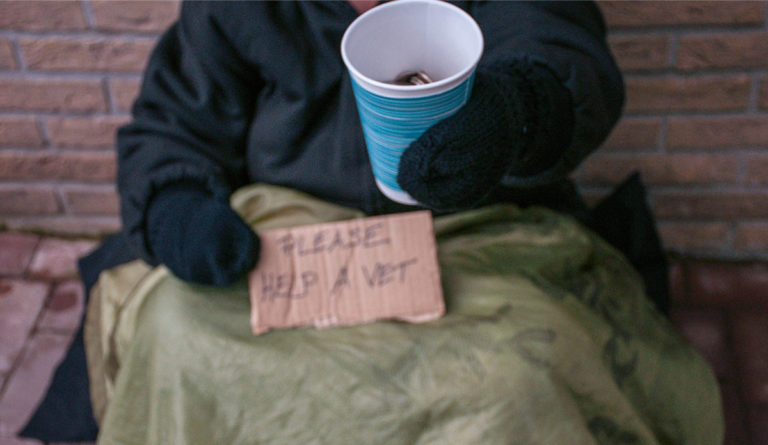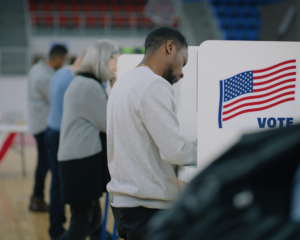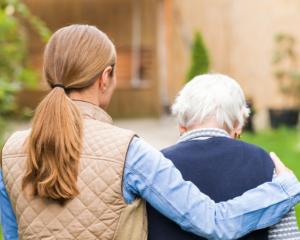Veterans Returning to Homelessness
To continue to reduce the number of veterans experiencing homelessness, we need to focus on those who return to homelessness.

Read Time: 3 minutes
Published:
Most people who experience homelessness do so for a short period of time and often do not become homeless again. In fact, the most current data available on people staying in emergency shelters found that two-thirds were homeless for the first time and that the average stay for all households was about four months. However, a minority of homeless households do return to homelessness over time.
Addressing homelessness among veterans has been a top policy priority for the U.S. Department of Veterans Affairs (VA) since 2009. The VA has invested billions of dollars to address housing instability among veterans. These support programs include instituting universal screening for housing instability among all veterans presenting for outpatient care at VA facilities, providing funding to support homelessness prevention and rapid rehousing, and partnering with the U.S. Department of Housing and Urban Development on permanent supportive housing for veterans experiencing chronic homelessness. Over the last decade, the number of veterans accessing emergency shelter beds has been cut in half.
To continue to reduce the number of veterans experiencing homelessness, we need to focus on those who return to homelessness. To do that, we must understand the specific needs of this population and provide responsive interventions to ensure that homelessness is not recurring. We compared sociodemographic data (including sex, age, race, marital status, military history, behavioral health and medical diagnoses, and health services use) for 18,369 veterans who used Veterans Health Administration (VHA) Homeless Programs once (96%) over a three-year period and with those who sought assistance four or more times (4%).
While the repeated use of VHA Homeless Programs was rare, a number of sociodemographic factors helped to explain this “frequent episodic utilization.” Veterans who were male, aged 35–54 years, identified as racial or ethnic minorities, and unmarried were more likely to seek assistance from VHA Homeless Programs four or more times over the observation period. The odds of returning to VHA Homeless Programs were also highest among veterans who had a history of military sexual trauma, prior incarceration for more than a year, and diagnoses of psychoses and alcohol or drug use disorder. Frequent episodic utilization of VHA Homeless Programs was also associated with higher use of acute health care services including inpatient admissions and emergency department visits.
We also found protective factors. For example, veterans who were receiving income related to a disability incurred during military service were less likely to return to VHA Homeless Programs. Similarly, veterans older than 65 years were less likely to seek frequent episodic support, potentially due in part to the fact that these veterans may be eligible for other resources such as social security or pensions.
These findings indicate the need for dependable income (such as rental subsidies) to ensure longer-term housing stability. Similarly, providing post-incarceration reintegration services can ensure long-term housing stability among veterans with a history of prior incarceration. In addition, given that the use of acute care is associated with returns to homelessness, there may be a need for more intensive case management or other supportive services for veterans who frequently access inpatient and emergency care.






